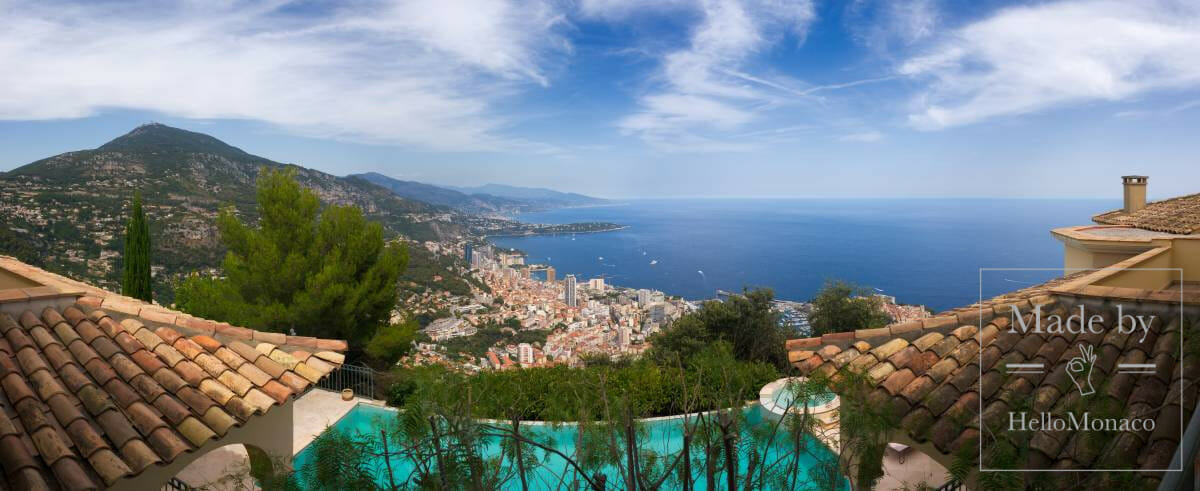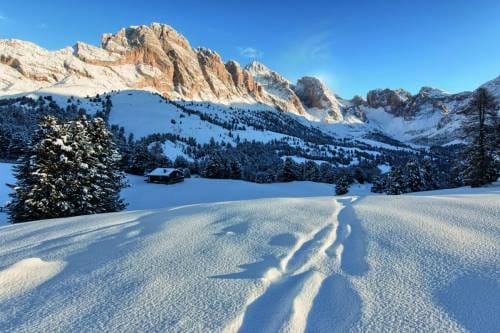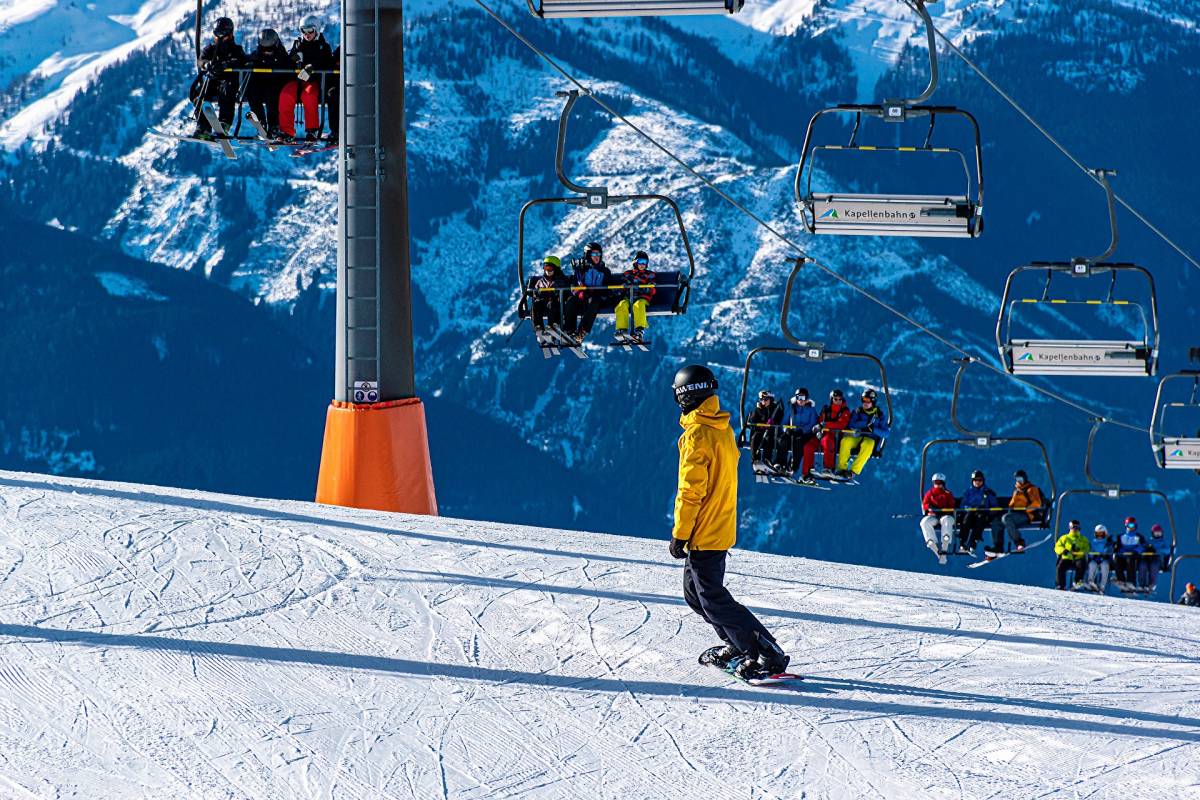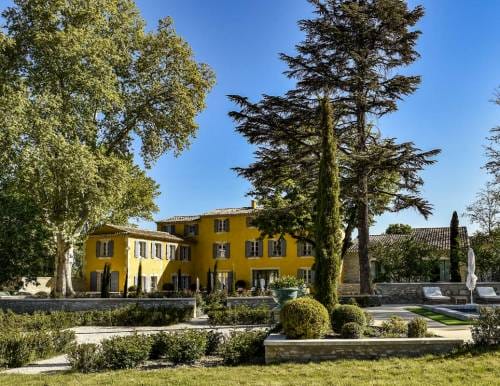Not everyone knows the small town of La Turbie on the French Riviera. It is overshadowed by both the beauty of Monaco and the popularity of Nice. But if you do slow down on your way from Nice to Monaco, you would fall in love with this place. From time immemorial, LaTurbie has been a junction connecting Rome to France, Spain, Germany and even England. This road “Via Julia” was paved by the Romans in the 1st century AD through the territory of modern Monaco. For 500 years “Via Julia” was the main commercial and transport hub of the empire.
The geographical location of La Turbie has made it an important strategic point. Located on the border at a height of 500 m above sea level, the city served as a good vantage point and as a fort.

More recently, La Turbie has become famous for its monument of the Roman Empire overlooking the city and the neighborhood. These ruins are known as the Alpine Trophy. What kind of a trophy exactly?
The monument dates back to more than 2,000 years ago and was built in honor of the Roman emperor, Octavian Augustus, a renowned military commander. He was the one who expelled 44 wild tribes away from the coastal Alps. Back in Roman times, a trophy was not only a token of war but also a monument erected in honor of glorious victories. To start with, columns were built and adorned with the armor of defeated warriors. Later on, with the development of architecture, they were transformed into a series of monuments.

Over time, this 50-meter-high monument was shortened by 15 meters. Regarding its historical value, the Trophy bears the world’s longest list of the tribes conquered by the Roman Empire, engraved in stone. Only recently the Trophy was reconstructed and reopened to the public thanks to the effort of the mayor of La Turbie. Initially, the monument was built as a high tower and an observatory, to avoid sudden attacks. In the 11th century, it was transformed into a military fort and razed to the ground in 1705 by order of Louis XIV. That’s when the Trophy suffered the most. It is astounding that we can still admire this ancient monument after all the hostilities it has faced.
The Romans largely influenced the culture, infrastructure and economy of the region. But after the fall of the Roman Empire, these lands were devastated by the Goths, Saracens and other barbaric tribes. The first mention of “Turbia” referring to the territory of modern la Turbie only dates back to 1078. “Turbia” comes from the Latin expression “Turris Viae” meaning “a Tower along the way”. Thus, the current name of La Turbie.

The La Turbie neighborhood has also witnessed some tragic episodes in modern history. In 1982, Grace Kelly lost control of her car on a sharp 180 degree turn in la Turbie and drove straight into a precipice at great speed. On that particular day, Grace was at the wheel and her daughter Stephanie was in the passenger seat.
Normally Grace Kelly did not enjoy driving along these steep slopes. But that very day she deliberately dismissed her driver as she wanted to have a private chat with her younger daughter Stephanie about her studies. After the accident, Stefanie suffered from shock and minor injuries while the Princess of Monaco was taken to hospital in critical condition. Doctors found her head injuries incompatible with life. A day after the crash, her artificial respirator was turned off with the consent of her husband, Prince Rainier.
However, despite this sad time, la Turbie attracts many tourists, and not only thanks to its historical significance. Lately, it has also become famous for its diverse and rich cuisine. Local restaurateurs mostly offer gastronomic menus, which is quite a rare phenomenon for French Riviera towns. You would generally spend time searching for one or would need a recommendation. Almost any restaurant in La Turbie offers you good cuisine, along with a beautiful panoramic view.
It is a breath-taking view, away from busy Cannes and Saint-Tropez, but close to Monaco and Nice, and famous for its many restaurants. No wonder that the property prices in La Turbie have increased significantly over the last decade.

But the modern La Turbie has preserved its medieval spirit, complemented by its rich history. Still an important transport hub, but in the quiet part of the Cote d’Azur, it has become a paradise on earth.
No wonder that back in his time, Dante Alighieri, the famous author of the “Divine Comedy”, chose la Turbie as a place to live. His house is preserved to this day.
So the next time you have a chance to visit La Turbie you will know that it is much more than another small town on French Riviera, but an important historical place with a fascinating background story.








